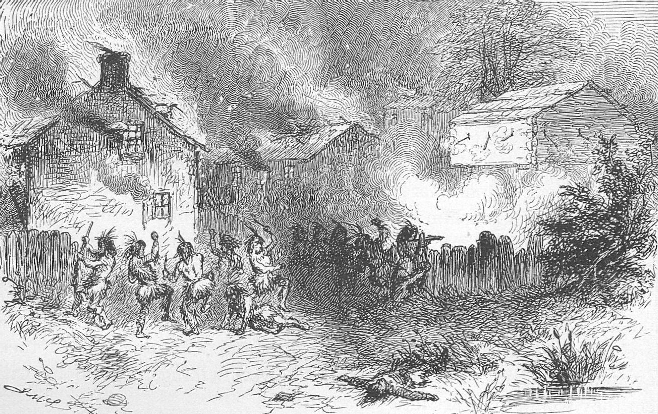Mayflower, Nathanial Philbrick
"Yea, I hated all my labour which I had taken under the sun: because I should leave it unto the man that shall be after me. And who knoweth whether he shall be a wise man or a fool?" Ecclesiastes 2: 18-19
This book is a must read for anyone who has wondered why popular history seems to kind of skip from the Mayflower landing and the pilgrims first Thanksgiving to the Declaration of Independence. A lost century and a half. Philbrick paints a vivid description of the Pilgrims who fled from England to Holland to the vast unknown of the New England. What is clear is that they were a hard, determined people who were quick to discover that they were utterly at the mercy of a way of life that they were unprepared for, and utterly at the mercy of the local Indians, who could with ease wipe them from existence. What emerges are two people; the humbled, weak, needy colonists and the disease decimated Pokanoket Indians who were dependent upon each other for survival. Chronicled are the relations between William Bradford, Govenor of Plymouth and Massasoit, sachem or leader of the Pokanokets. These people both learned to accommodate each others needs, even protecting each other from threatening tribes. We have the image of the Thanksgiving festival, which held so much promise for people to cooperate and aid the other.
But it was not to last. The next generation did not exist in the threatening world of their parents. The threatening forces were not from without (from other tribes, nature or disease), but from within. They were utterly incapable of accommodation. What used to be a codependent relationship became a bitter divorce. The pilgrims, now safe from destruction felt land locked. With a prodigious birthrate, all these new men looking for their own land were sure to encroach upon the Pokanokets land. The Pokanokets, used to enjoying the economic gains of a new powerful and rich ally soon found themselves with each passing year poorer and poorer. There would be less and less opportunities and wealth to share amongst restless, ambitious young men. Theirs was a life of continuing and increasing humiliations. What they did have were guns. Lots of guns that the colonists were all to happy to trade for new land titles. Competing resources call for the demand of good, accommodating leadership which was in short supply with the new generation. All meetings were exercises in pride and intransigence between Philip, son of Massasoit and Josiah Winslow, governor of Plymouth and son of the diplomat who had saved Massasoit's life.
And, as so often happens, the dogs of war are loosed and all is ravaged. Rather than being a localized disturbance between a smaller, insignificant group of colonists (Plymouth by now a backwater compared with Boston) and just one tribe of New England, became a war of England against Native American. There was nuance. No understanding of the concept of "friendly Indian" even though many small "praying towns" had been set up by Native Americans who began to adopt and incorporate the colonists lifestyle and religion. We have the emergence of Samuel Mosely, the prototype Indian fighter (no good Indian, but a dead one). Yet this would not end the war. The war would be won by the men, like Benjamin Church, who could distinguish the subtleties between true aggressors and brittle alliance partners and exploit them. It would be a team of Englishmen and Native Americans, working in cooperation, that would effectively end the insanity of the war. It would be this "hybrid man", this frontiersman who could adapt and incorporate two alien cultures that would serve for us, a nation, a better archetype.
The author does a phenomenal job of putting in relief two generations and the loss of dreams. He wonderfully juxtaposes the personalities of the participants and the symbols that we are left with. He leaves us with the image of two ships; the Mayflower bound for the unknown concept of liberty and righteous living and the Seaflower, sailing 56 years later, with the Indian slaves of King Philip's war, bound for bondage and death in the Caribbean.

No comments:
Post a Comment